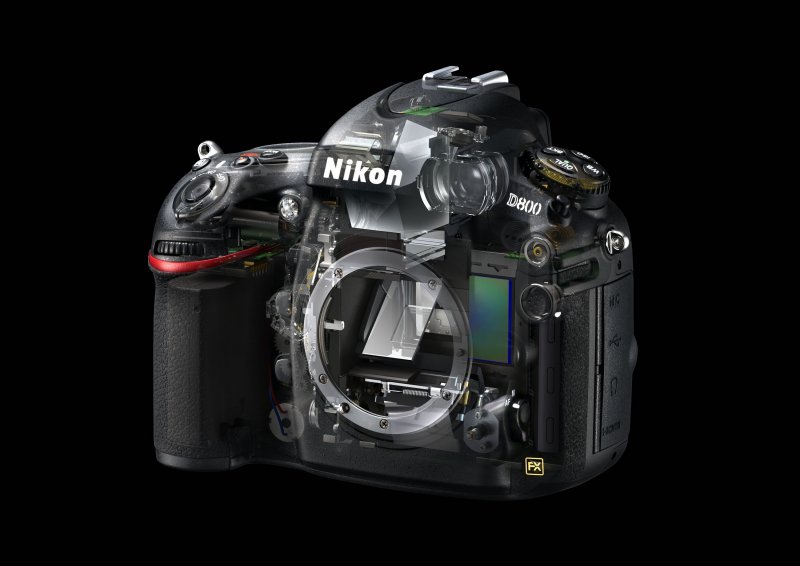This guest post was sent to me by reader and addresses some of the D800 criticisms from various websites:
Since the D800 has been introduced I have heard many individuals on podcasts and read where many blog writers were critical of Nikon for packing so many pixels on such a small sensor. The criticisms just seemed not to hold water when logically thinking about things. Also, I have heard numerous comments that lenses cannot do justice to this new sensor and that the sensor will out-resolve the lenses, therefore degrading the photograph. Again, logically it didn’t sound right. One other comment heard frequently is that focus, with this new sensor with 36mp will be so sensitive that the photographer will have to have impeccable technique or suffer out of focus photographs. Again, didn’t seem logical.
Here are some facts. I did some research and some calculations and confirmed my logic in thinking about this new chip.
Nikon D800
- 24 X 35.9mm sensor hosting 36.3 mega pixels
- Sensor is 861.6mm squared
- Pixel Pitch is 4.88 microns
Nikon D800 in DX shooting mode
- 16 X 24 sensor hosting 15.4 mega pixels
- Sensor used is 384mm squared
- Pixel Pitch is 4.88 microns
Nikon D7000
- 23.6 X 15.6mm sensor hosting 16.2 mega pixels
- Sensor is 368.16mm squared
- Pixel Pitch is 4.78 microns
Canon 7D
- 22.3 X 14.9mm sensor hosting 18 mega pixels
- Sensor is 332.27mm squared
- Pixel Pitch is 4.3 microns
Olympus EP-3 (the very popular micro 4/3rds camera which gets raves from all the pros and others who own it)
- 13.0 X 17.3mm sensor hosting 12.3 mega pixels
- Sensor is 224.9mm squared
- Pixel Pitch is 4.24 microns
Olympus OM-D E-M5 (the new Micro 4/3rds camera they just introduced at the same time as the D800 and everyone is raving about)
- 13.0 X 17.3mm sensor hosting 16.1 mega pixels
- Sensor is 224.9mm squared
- Pixel Pitch is (estimated) 3.22 microns (I couldn’t find a figure for this but the # of pixels/sensor size is .76X that of the EP-3 above)
After looking at the figures, the D800 has the largest pixels of the bunch. Now, people rave about how good the Canon 7D is and how great the Nikon D7000 is, and don’t complain that there is too much noise or their lenses won’t give them good results or extra care has to be taken in order for a photograph to be in sharp focus, but the D800 has larger pixels! And—we know that larger pixels are better in light gathering as well as quality in reproduction, unless my calculations and assumptions are wrong, of course. Also, there seems to be are a large number of pros/bloggers/podcasters who use the Olympus EP-3 Micro 4/3rds camera and lenses and rave about how great that camera is. Its pixels are only 86.5% of the size of the D800’s pixels. So why would anyone think the D800 wouldn’t a) have fantastic image quality and b) be any different in how the Nikon lenses reproduce the photographed scene?
If my calculations are off or my logic is flawed, you have my apologies and please correct them but it should be easy to calculate and the results should be essentially the same. I just get tired of individuals who have a voice and can influence other through the media speak with authority without maybe considering the facts.




